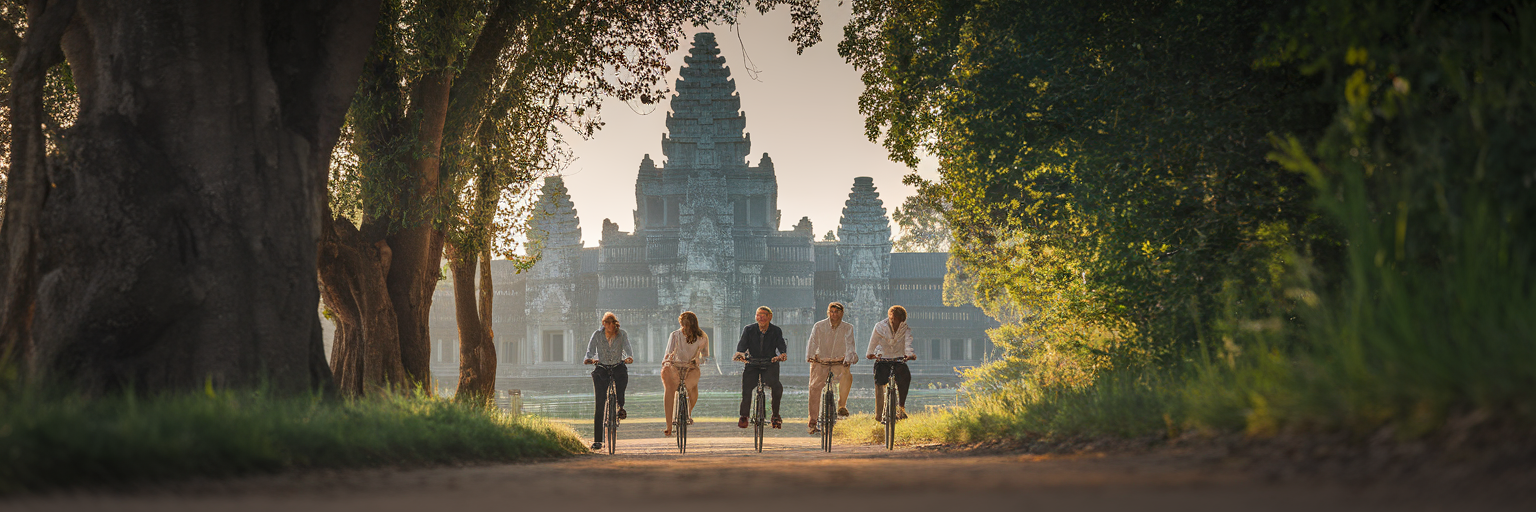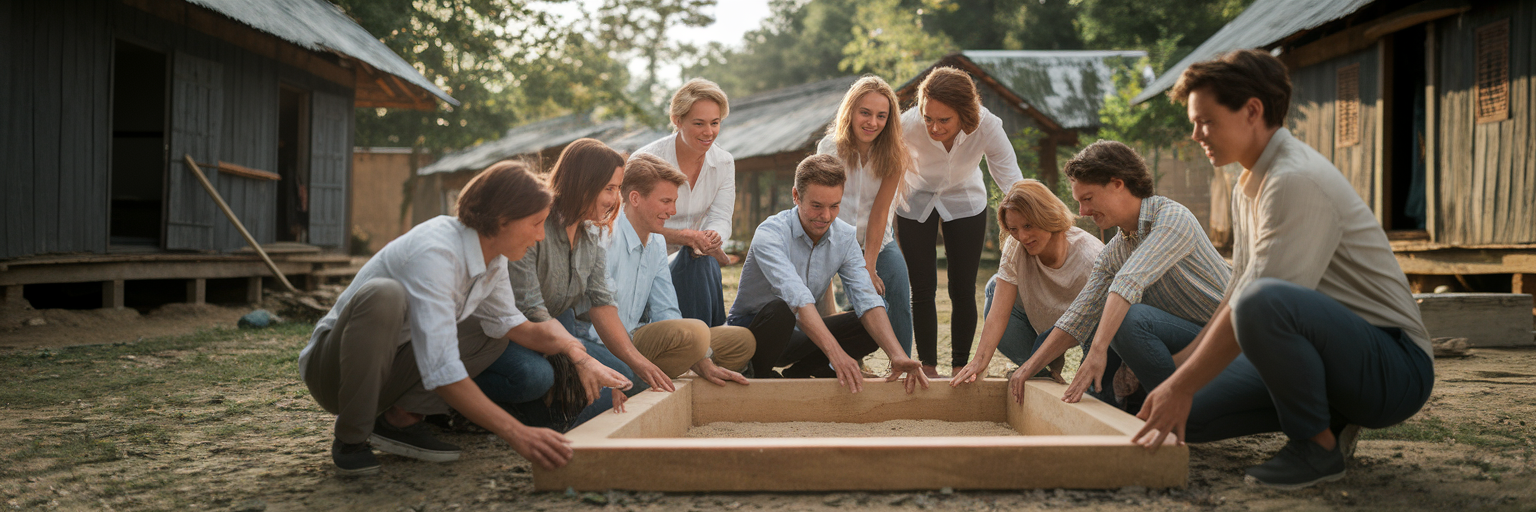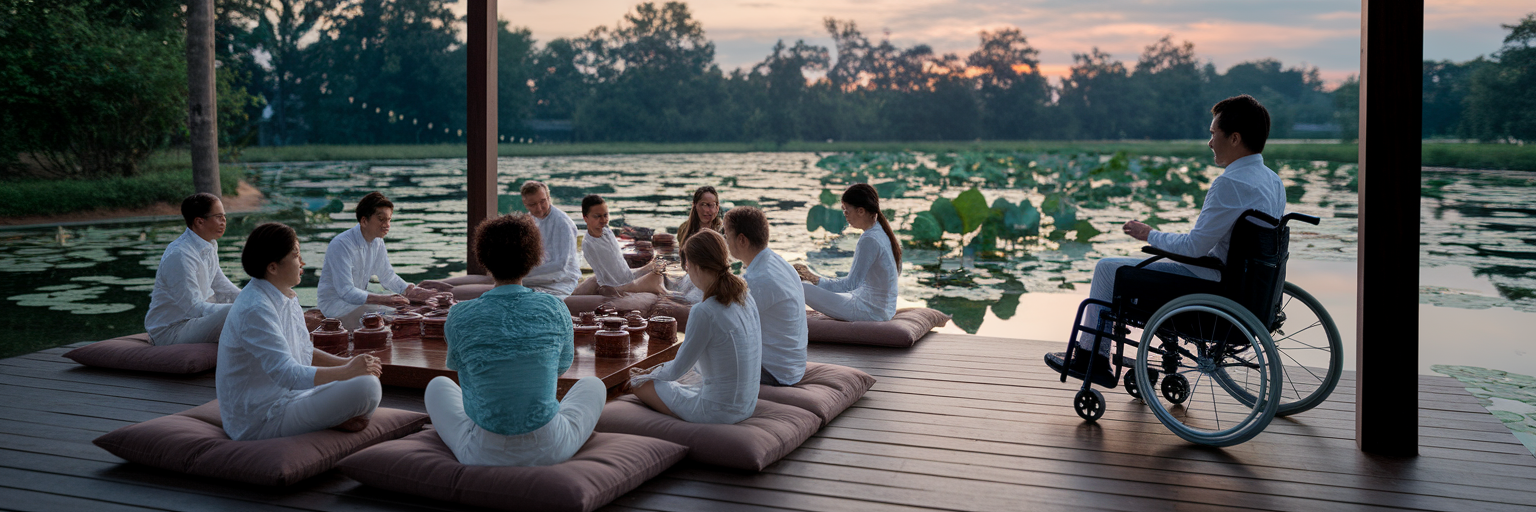Crafting Meaningful Corporate Journeys in Cambodia's Angkor Region
Learn to design a purpose-driven corporate incentive trip in the Angkor region, focusing on sustainability, cultural immersion, and positive local impact.

Learn to design a purpose-driven corporate incentive trip in the Angkor region, focusing on sustainability, cultural immersion, and positive local impact.

The concept of a corporate incentive trip is changing. The simple reward of a generic beach holiday is being replaced by a desire for experiences that reflect a company’s core values. An incentive journey is no longer just a prize; it is a statement about purpose, impact, and what your organisation stands for. This shift in thinking is where the Angkor region of Cambodia finds its new relevance for 2025.
Beyond the world-renowned temples, Angkor offers a unique combination of profound history, raw authenticity, and surprising affordability. It provides a backdrop for moving away from mass tourism and toward exclusive, meaningful engagement. A thoughtfully designed corporate incentive travel Cambodia program here offers far more than sightseeing. It becomes a platform for teams to connect with ideas of global citizenship and social responsibility, turning a company trip into a shared story of positive impact.
The true value of choosing Cambodia is unlocked through intentional design that benefits both your team and the local community. It’s an opportunity to create a journey that resonates on a deeper level, long after обычный trip photos have been forgotten. This approach reflects our core philosophy of crafting experiences with lasting emotional and social significance.
Moving from the 'why' to the 'how', a purpose-driven trip to Angkor must go beyond the usual tourist trail. It requires creating moments of respectful cultural immersion that support local traditions and give your team a genuine sense of connection. These are not just activities; they are carefully curated experiences that foster mindfulness and mutual understanding. Designing these moments is central to the bespoke services we provide, ensuring each itinerary is unique.
Here are a few ideas that transform a standard itinerary into a memorable journey:

To create a truly positive impact, it is important to distinguish between cultural immersion and direct community support. In Cambodia, community based tourism for corporate groups is a model where local communities have ownership and derive direct financial benefits from tourism activities. This model, as outlined by the ethical tourism resource Laws of Travel, ensures that profits are managed by and for the community, empowering them to preserve their heritage.
Meaningful CSR activities for teams in Cambodia also require careful planning. We have all seen the pitfalls of "voluntourism," where well-intentioned efforts can become disruptive. The key is to partner with established NGOs on projects that address genuine, long-term community needs, not just create a one-day photo opportunity. This could involve leveraging your team's professional skills to help a local organisation with its marketing or funding a project that is part of a wider community development plan.
Choosing the right approach depends on your company's goals, whether it is direct economic support, capacity building, or infrastructure development.
| Engagement Model | Key Activity Example | Primary Impact | Best Practice |
|---|---|---|---|
| Community-Based Tourism (CBT) | Guided trek in a community-protected forest or a meal in a village home. | Direct economic empowerment for local families and funding for conservation. | Partner with verified CBT projects where communities have full ownership. |
| Skill-Based CSR | Helping a local NGO improve its digital marketing or financial tracking systems. | Builds long-term capacity and self-sufficiency for the local organization. | Match corporate team's professional skills to the specific needs of an NGO partner. |
| Philanthropic Project | Funding and helping install clean water filters or building school facilities. | Addresses a critical, pre-identified community need with tangible infrastructure. | Collaborate with a local DMC to identify projects that are part of a long-term community development plan. |
This table outlines different approaches to community engagement, helping organizations select a model that aligns with their values and ensures a positive, sustainable impact. The choice depends on whether the goal is direct economic support, capacity building, or infrastructure development.
The foundation of any sustainable trip lies in its operational details. Planning eco friendly corporate retreats Cambodia is not about sacrifice; it is about making smarter choices that deepen the team's connection to the destination while minimising their footprint. This requires moving beyond vague commitments and implementing specific, verifiable practices. Success in this area requires partnering with our network of trusted local suppliers who share our commitment to responsible operations.
Here are the key logistical elements to consider:

A truly successful incentive trip is one where every single participant feels seen, valued, and able to engage fully. The most beautifully designed Angkor region incentive programs can fall flat if they fail to consider the diverse needs of the team. Inclusivity is not an optional add-on; it is a fundamental component of building genuine team cohesion and ensuring a positive shared experience.
An inclusive itinerary is built on three key pillars:
This thoughtful and human-centric approach is the foundation of every experience we create, ensuring that your corporate journey leaves a lasting, positive impression on every participant.